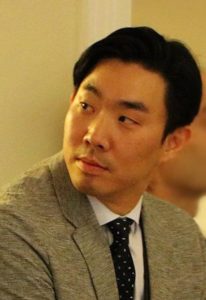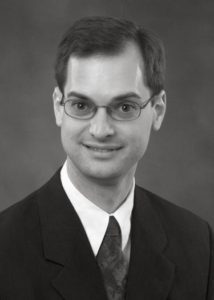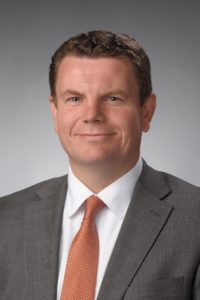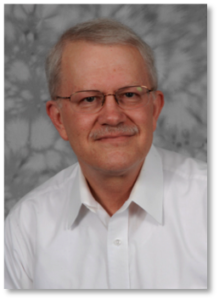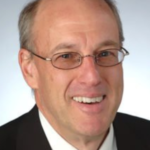SyracuseCoE has selected five companies from CenterState New York to receive awards from the latest round of its Innovation Fund competition. Four the recipients are start-up firms that are members of the Clean Tech Center, an incubator operated by CenterState CEO at The Tech Garden. SyracuseCoE’s Innovation Fund is designed to help its Partner firms overcome barriers to the commercialization of potentially transformative innovations.
The five award-winning companies and their projects are:
- cocoon construct, based at the CleanTech Center at The Tech Garden, is developing a prefabricated panelized system that seeks to unlock the market for whole-building deep energy retrofits in New York State and create jobs at multiple manufacturers throughout the product’s supply chain.
- Ducted Turbines International, located in Potsdam and at the CleanTech Center, is commercializing a ducted turbine technology and needs to address key aspects of the system that are not readily available.
- Edson Innovative Power, LLC, based at the CleanTech Center, will perform advanced thermal simulation and analysis on its product to drive design optimization and design verification prior to moving to production.
- Farm to Flame Energy, a student-led venture from Syracuse University that is a member of the CleanTech Center, will construct a proof-of-concept prototype of a biomass-powered electricity generator that is capable of using any dry biomass feedstock.
- LC Drives, located in Potsdam, is developing the next generation of electric motors that are smaller, lighter, and more efficient. This project will help scale the machine design and related manufacturing equipment.
“SyracuseCoE’s Innovation Fund awards highlight CenterState New York’s vibrant ecosystem for innovations and entrepreneurship in environmental and energy systems,” said Ed Bogucz, SyracuseCoE executive director, and associate professor of mechanical and aerospace engineering at Syracuse University. “These awards are intended to help companies bridge the gap to commercialization of new products. We are especially pleased that four of the recipients also are receiving support from CenterState CEO’s CleanTech Center program at The Tech Garden.”
SyracuseCoE is New York State’s Center of Excellence for Environmental and Energy Systems. Funding for the SyracuseCoE Innovation Fund is provided by industry members of the SyracuseCoE Partner Program. The five awards in the current round total $47,146. To date, awards from the program have totaled $407,345 and supported 37 clean energy projects at 24 companies throughout New York State.
Eligibility for Innovation Fund awards is open to all current members of the SyracuseCoE Partner Program. The next call for proposals is expected in August. Applicants submit a proposal and then pitch their project to a panel of reviewers from the region. To learn more about joining the SyracuseCoE Partner Program, contact Tammy Rosanio at tlrosani@syr.edu.



